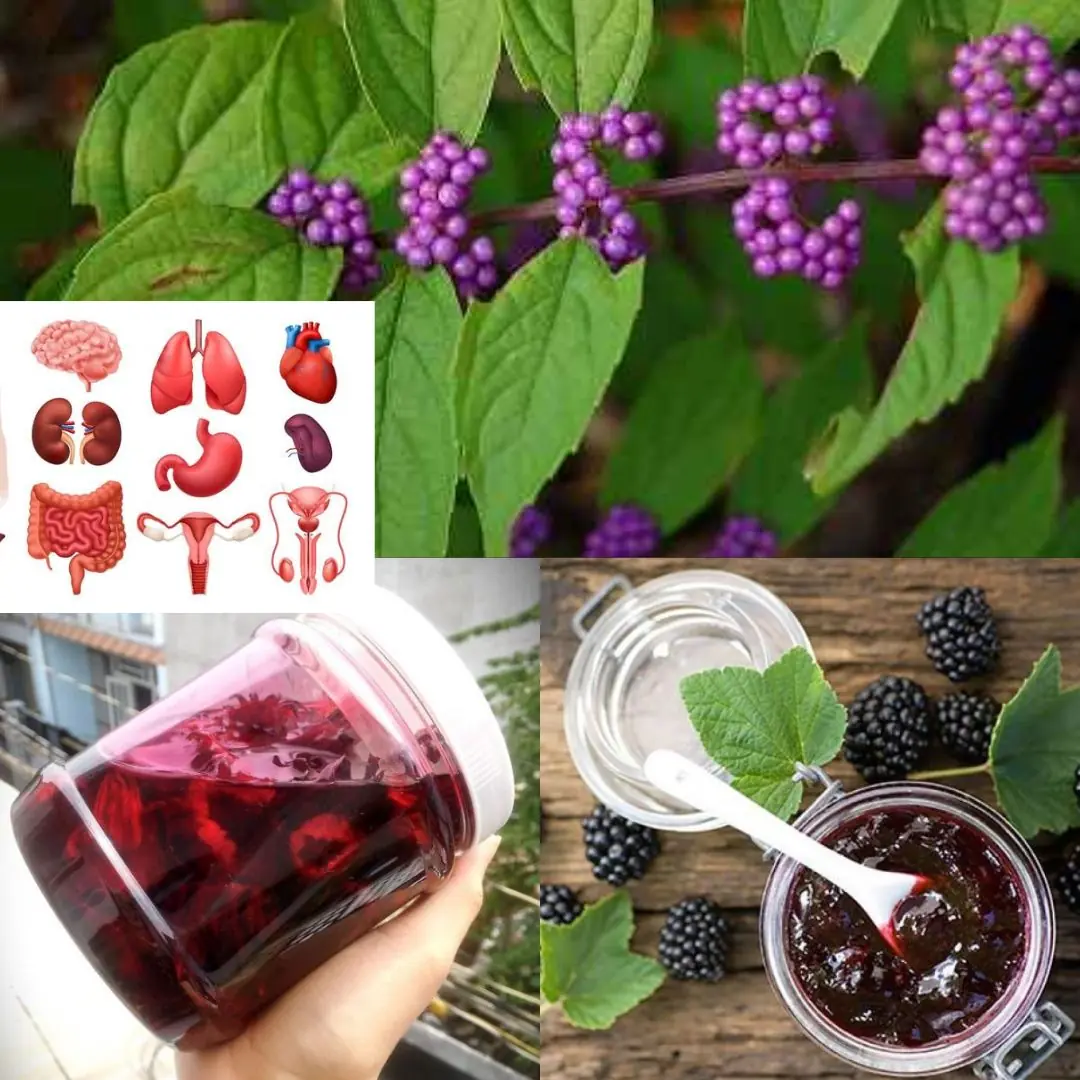
Deadly Nightshade (Atropa belladonna): The Dangerous Beauty
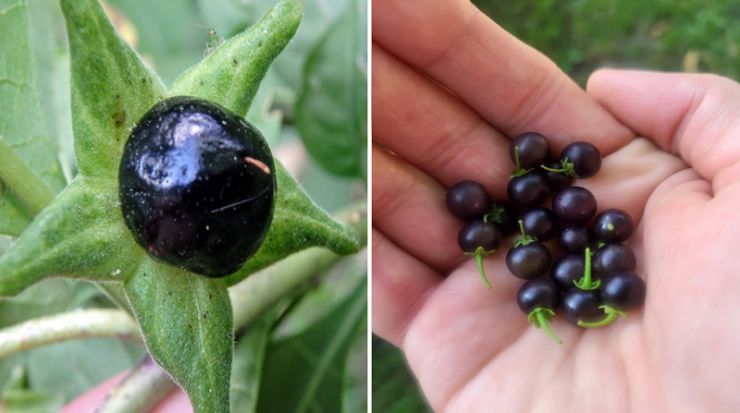
Deadly nightshade, scientifically known as Atropa belladonna, is one of the most toxic plants in the world. Its name alone hints at its deadly reputation, making it a plant of both beauty and danger. Native to Europe, North Africa, and parts of Asia, this perennial herb has a long and eerie history of use in medicine, folklore, and, unfortunately, poisonings.
Appearance of Deadly Nightshade
Flowers: The flowers are bell-shaped and purple-brown with a greenish tinge. They bloom from midsummer to early autumn, giving them an enchanting yet foreboding appearance.
Fruits: The fruits are shiny black berries, roughly the size of cherries. Although they look incredibly tempting, they are extremely toxic and can cause severe harm if ingested.
Leaves: The leaves are oval-shaped, dark green, and slightly pointed, often growing in pairs along the stem.
Height: The plant grows between 2 and 4 feet tall, with branching stems that add to its widespread nature in the wild.
Toxic Compounds
Deadly nightshade contains powerful alkaloids, which are primarily responsible for its toxicity. These include:
-
Atropine
-
Scopolamine
-
Hyoscyamine
These alkaloids affect the central nervous system and can cause life-threatening symptoms even in small amounts. They work as anticholinergics, blocking the action of the neurotransmitter acetylcholine, which is essential for muscle contractions and other vital bodily functions.
How Deadly Nightshade Affects the Body
The toxic compounds in deadly nightshade interfere with the normal functioning of the nervous system, leading to a range of dangerous symptoms. These include:
Symptoms of Poisoning
-
Dry mouth and difficulty swallowing
-
Blurred vision and dilated pupils (a hallmark sign of belladonna exposure)
-
Hallucinations and confusion
-
Rapid heartbeat (tachycardia)
-
Severe thirst
-
Fever and flushed skin
-
Seizures
-
Paralysis
-
Coma and death in severe cases due to respiratory failure
Danger to Humans and Animals
Humans:
Even a small number of berries can be deadly. For children, consuming just 2-5 berries can be fatal, while 10-20 berries could kill an adult. The leaves and roots are also extremely toxic and should never be consumed.
Pets and Livestock:
Animals like dogs, cats, and grazing livestock are at risk if they consume any part of the plant. Symptoms in animals include excessive salivation, dilated pupils, restlessness, and convulsions.
How to Stay Safe
-
Avoid Handling the Plant: Always wear gloves if you need to remove it from your garden. Its toxins can be absorbed through the skin or mucous membranes, making direct contact hazardous.
-
Educate Children and Pets: Teach children to never eat wild berries, regardless of how tempting they may appear. Keep pets away from areas where the plant grows to prevent accidental poisoning.
-
Identify and Remove: Familiarize yourself with the appearance of deadly nightshade, and if you find it growing near homes, gardens, or playgrounds, take immediate action to remove it safely.
Interesting Facts About Deadly Nightshade
-
Name Origin: The name "belladonna" comes from the Italian term for "beautiful lady." Historically, it was used as a cosmetic, with women applying its extract to dilate their pupils and create a striking, wide-eyed appearance.
-
Symbolism: In folklore and literature, deadly nightshade is often associated with death, danger, and mystery. It’s a symbol of both allure and peril.
-
Use in Medicine: Despite its toxicity, modern medicine still uses derivatives of belladonna, such as atropine, in controlled doses for various medical treatments. For example, atropine is used to treat bradycardia (slow heart rate) and to dilate the pupils during eye examinations.
Conclusion
Deadly nightshade is a captivating yet highly dangerous plant. While its striking appearance may add intrigue to gardens or wild landscapes, its toxic nature necessitates caution. By understanding the risks and historical significance of this plant, you can appreciate the fascinating story behind deadly nightshade while ensuring the safety of yourself and those around you. Admire it from a distance, but never handle it carelessly!
News in the same category


Holding Cloves in Your Mouth: A Natural Way to Relieve Toothache
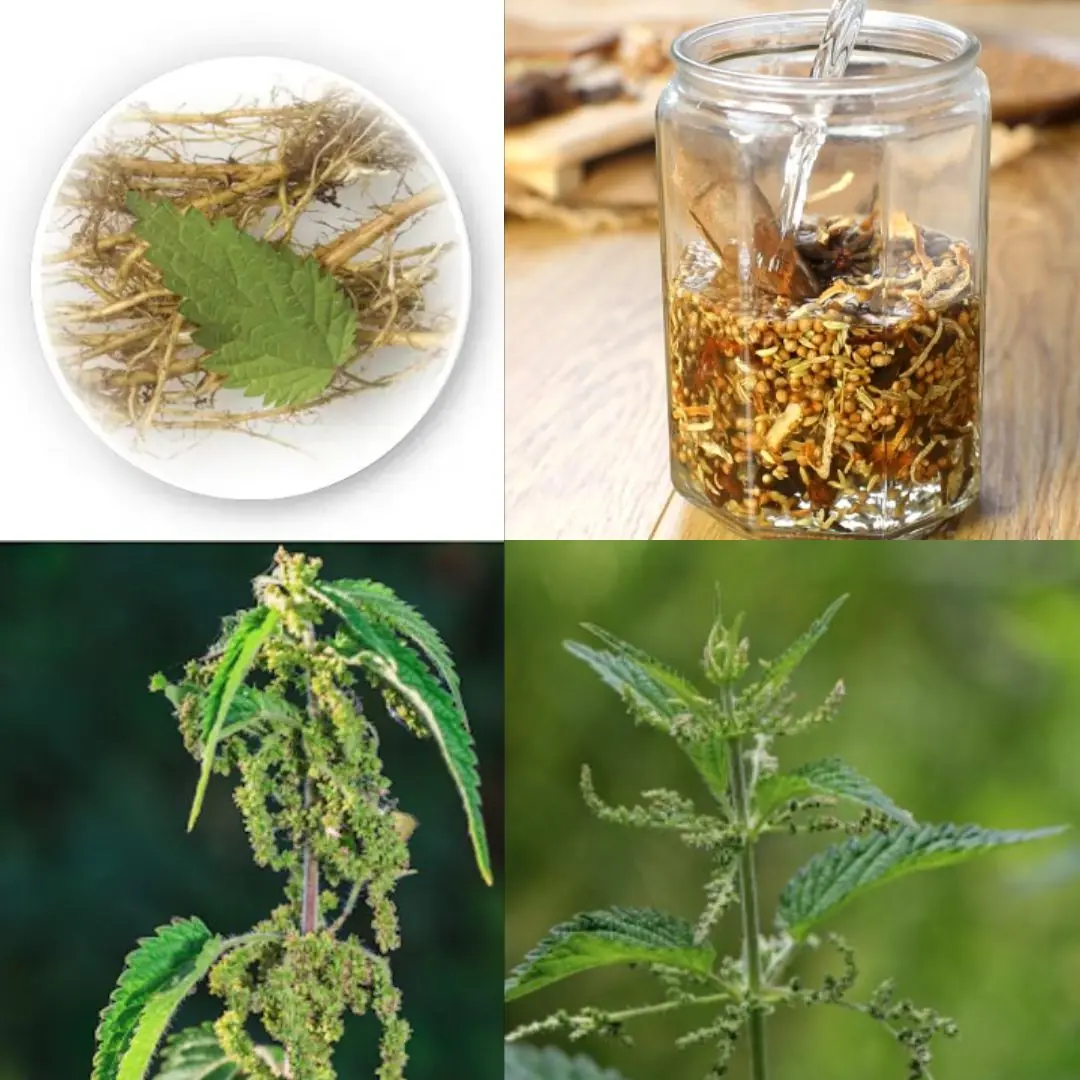
Everybody Hates Stinging Nettle, But Most People Don’t Know the Power of Its Root
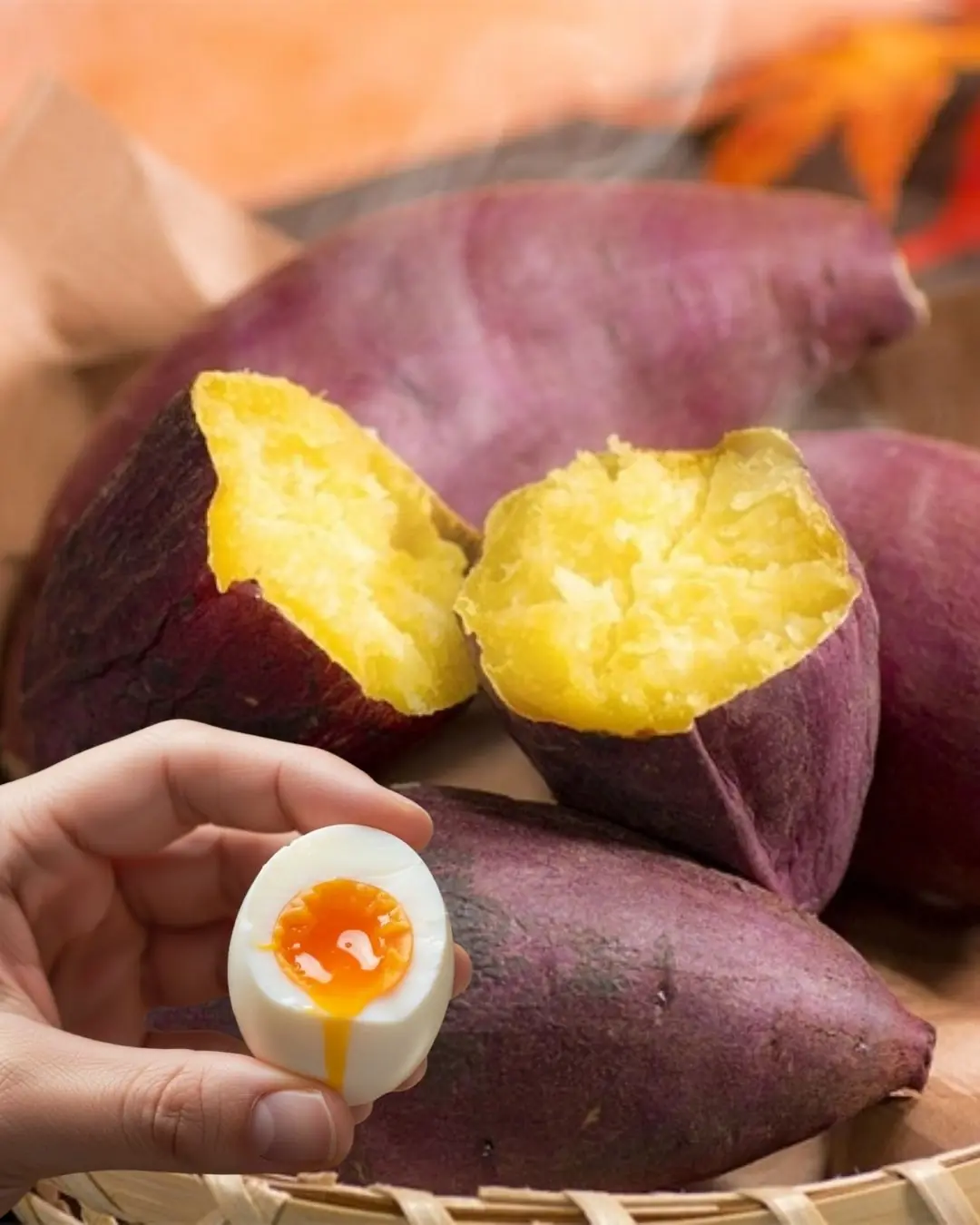
13 Reasons You Should Eat Eggs and Sweet Potatoes Every Morning
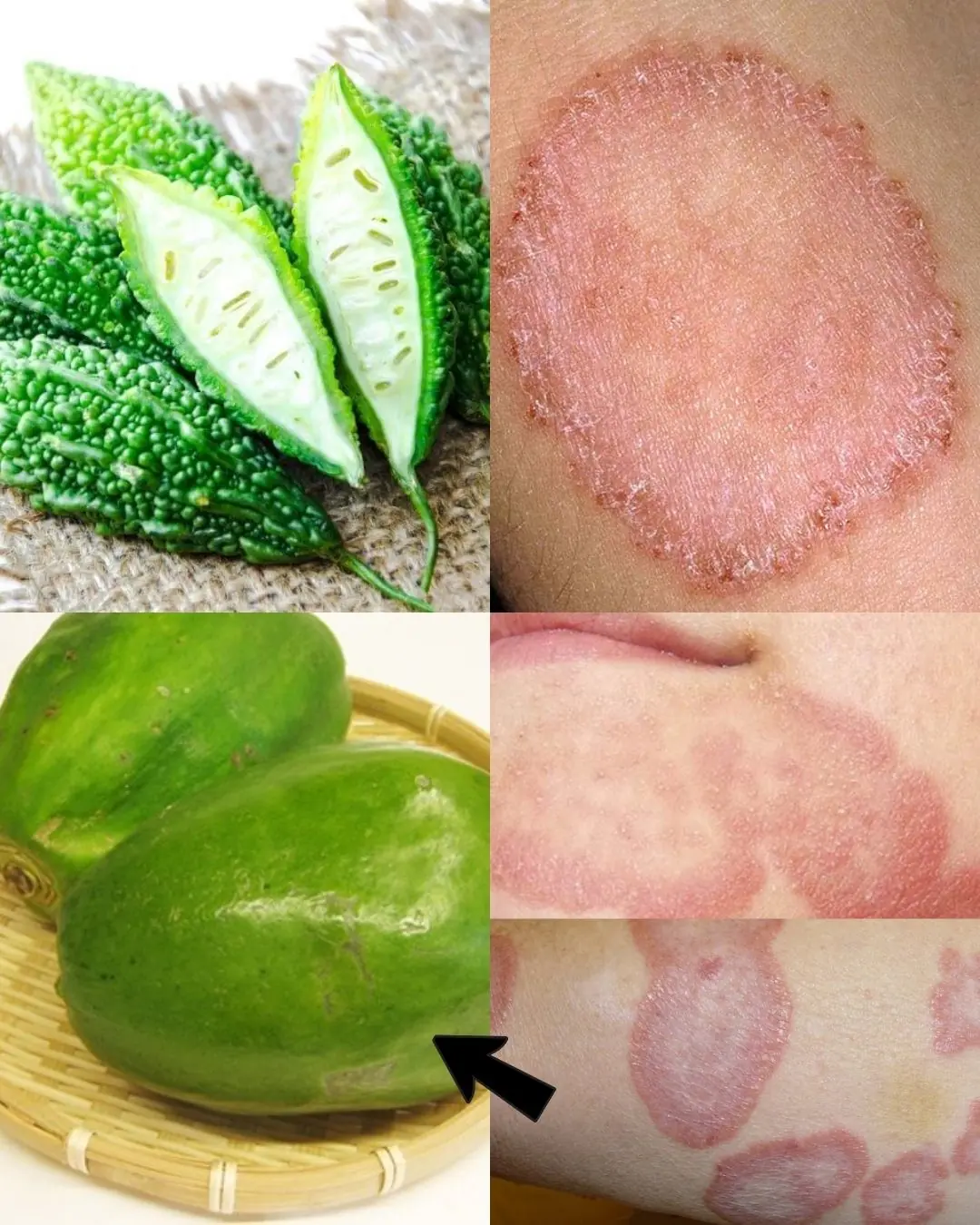
9 Powerful Home Remedies to Get Rid of Fungal Infection (Daad, Khaj, Khujli) Fast
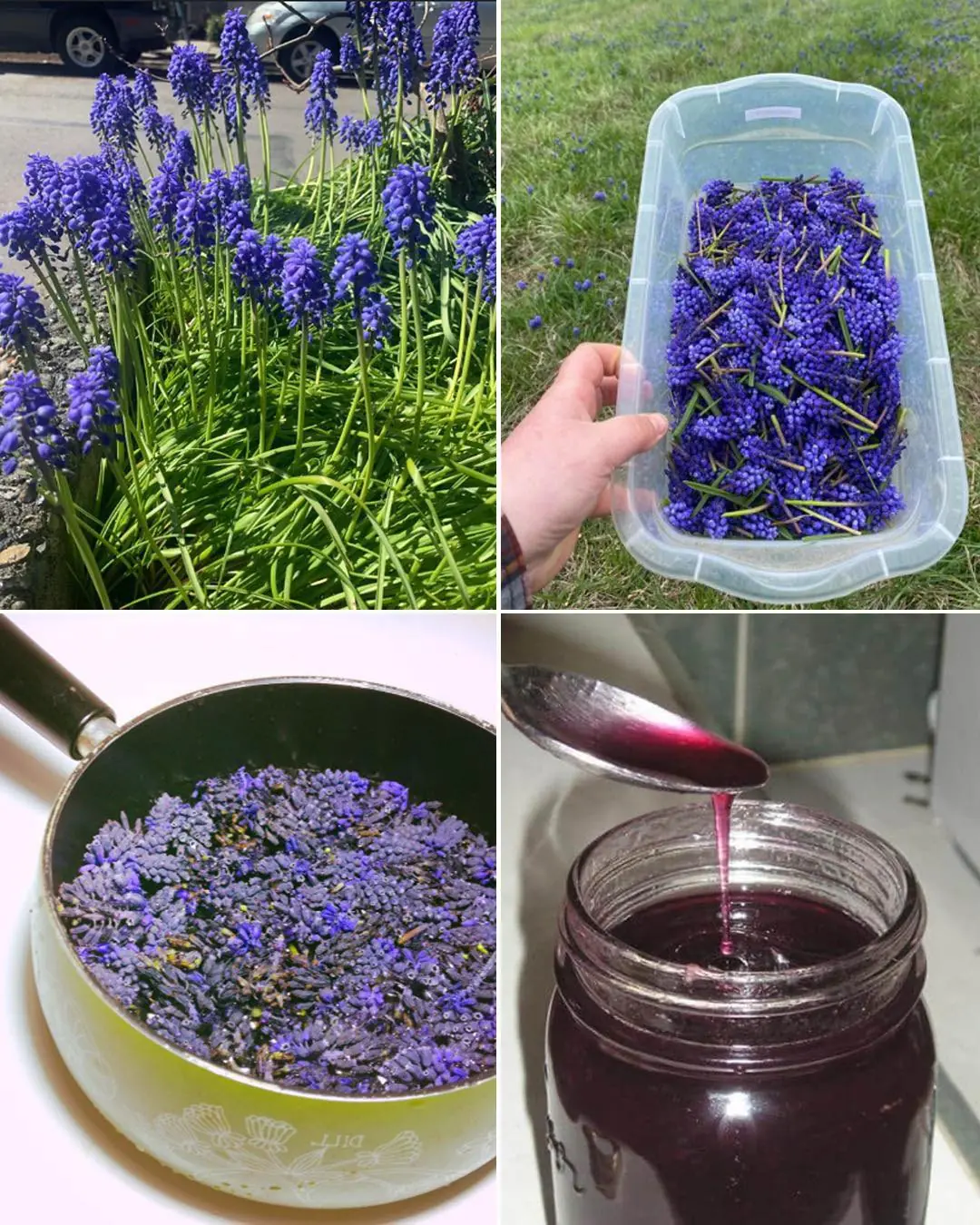
Grape Hyacinth (Muscari): A Tiny Spring Wonder with Surprising Benefits and Uses
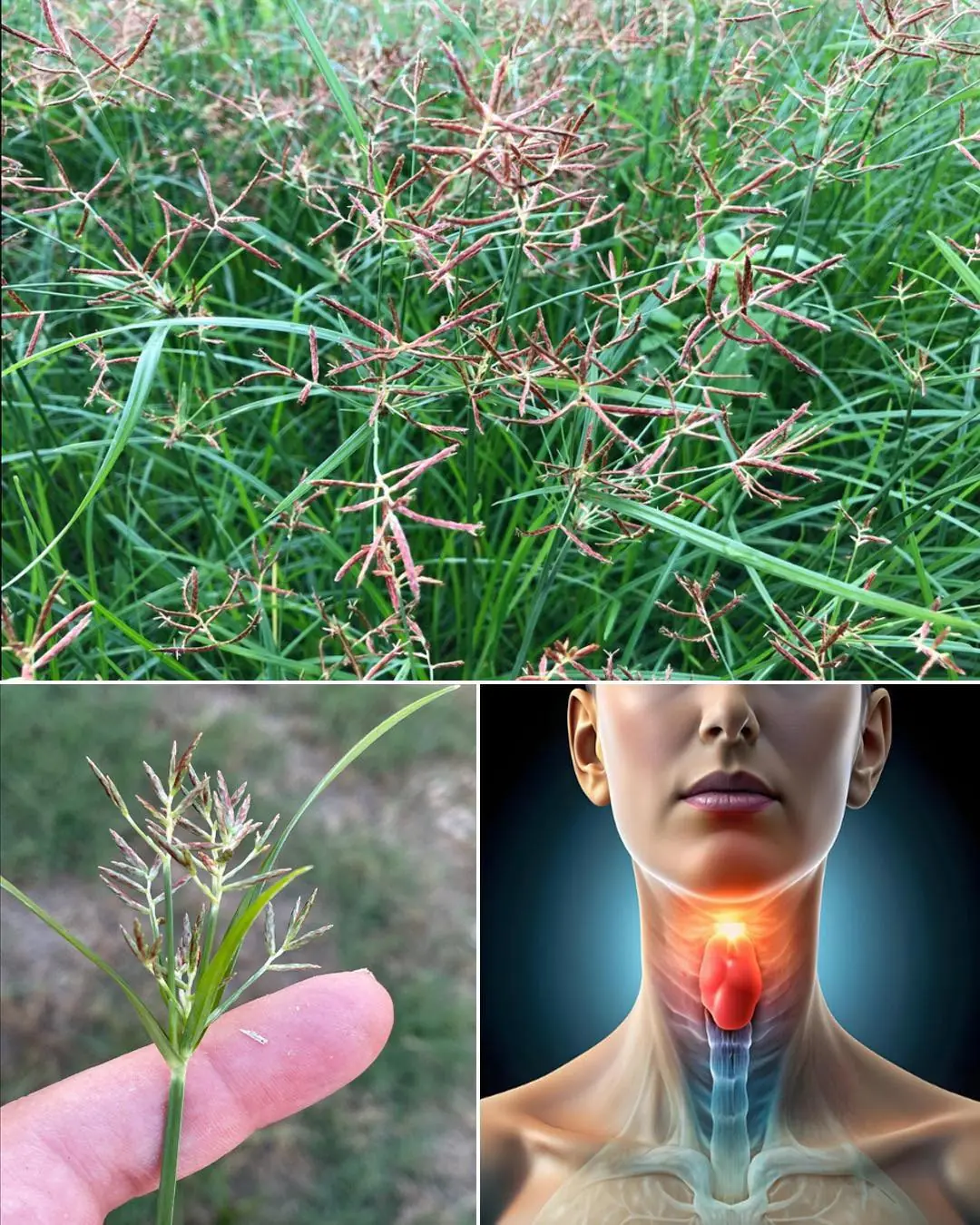
Cyperus Rotundus: The Ancient Herb with Modern Healing Power
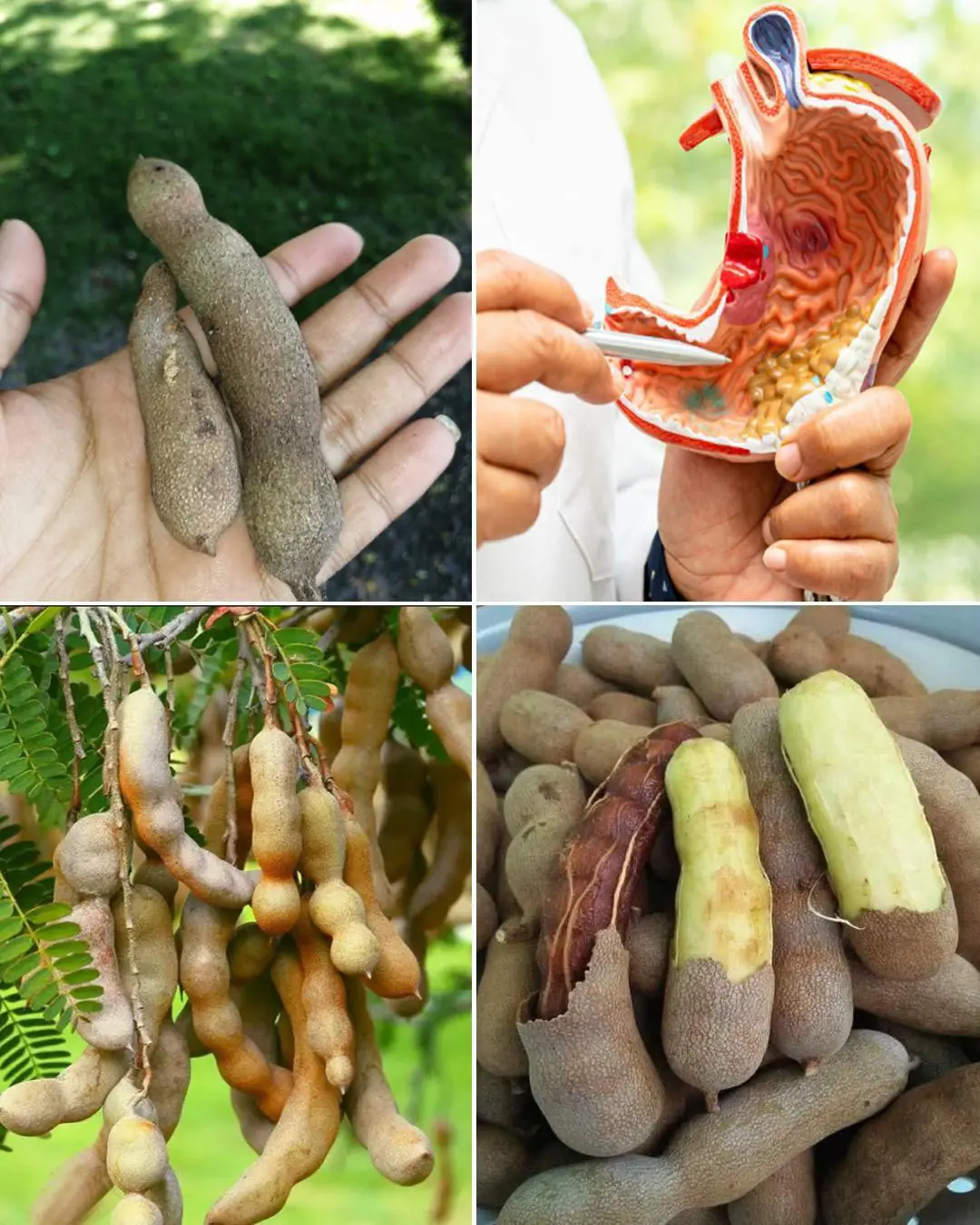
The Power of Tamarind Fruits: Sweet, Sour & Supercharged with Health Benefits
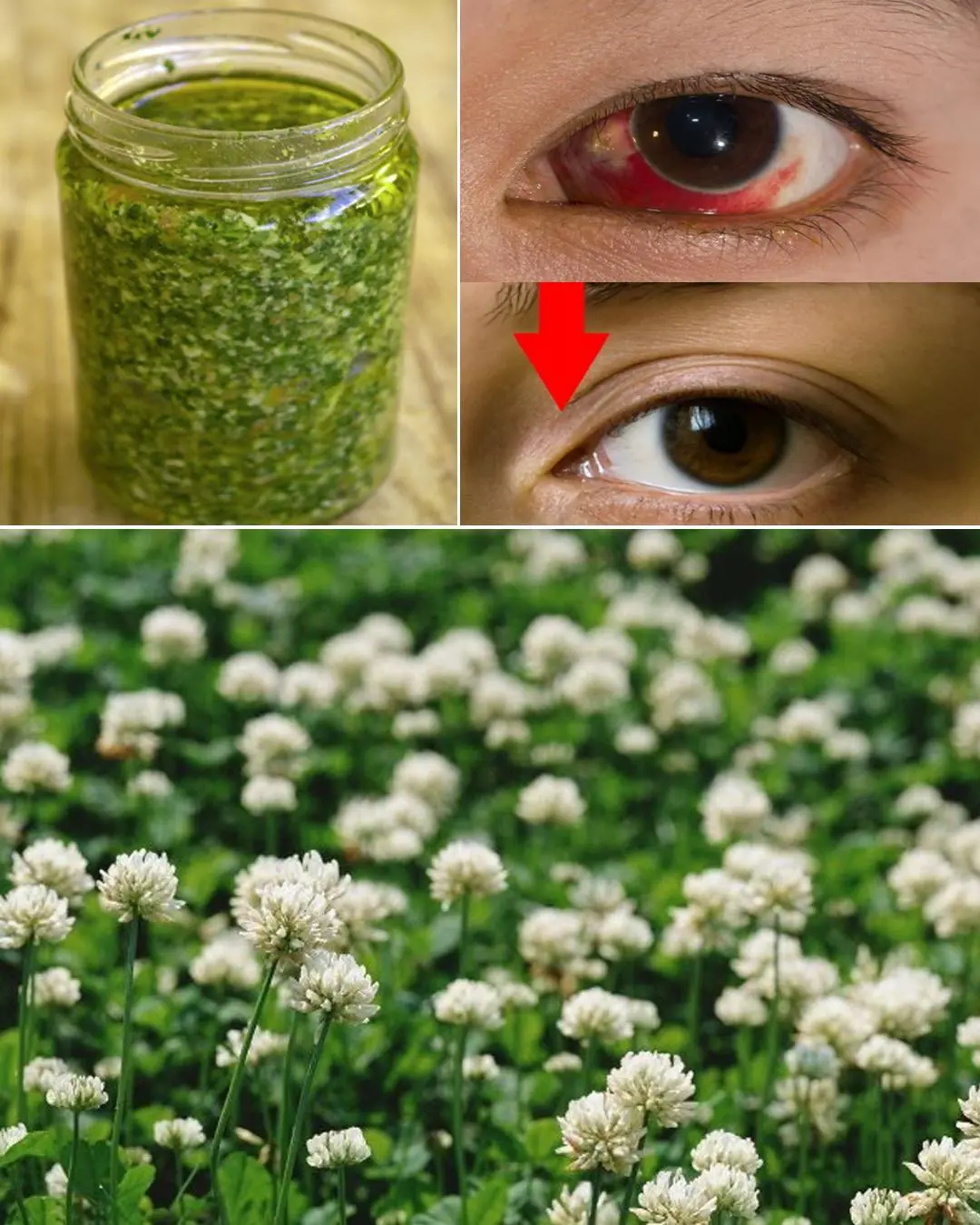
Sessile Joyweed (Alternanthera sessilis): 6 Incredible Health Benefits and How to Use It Naturally
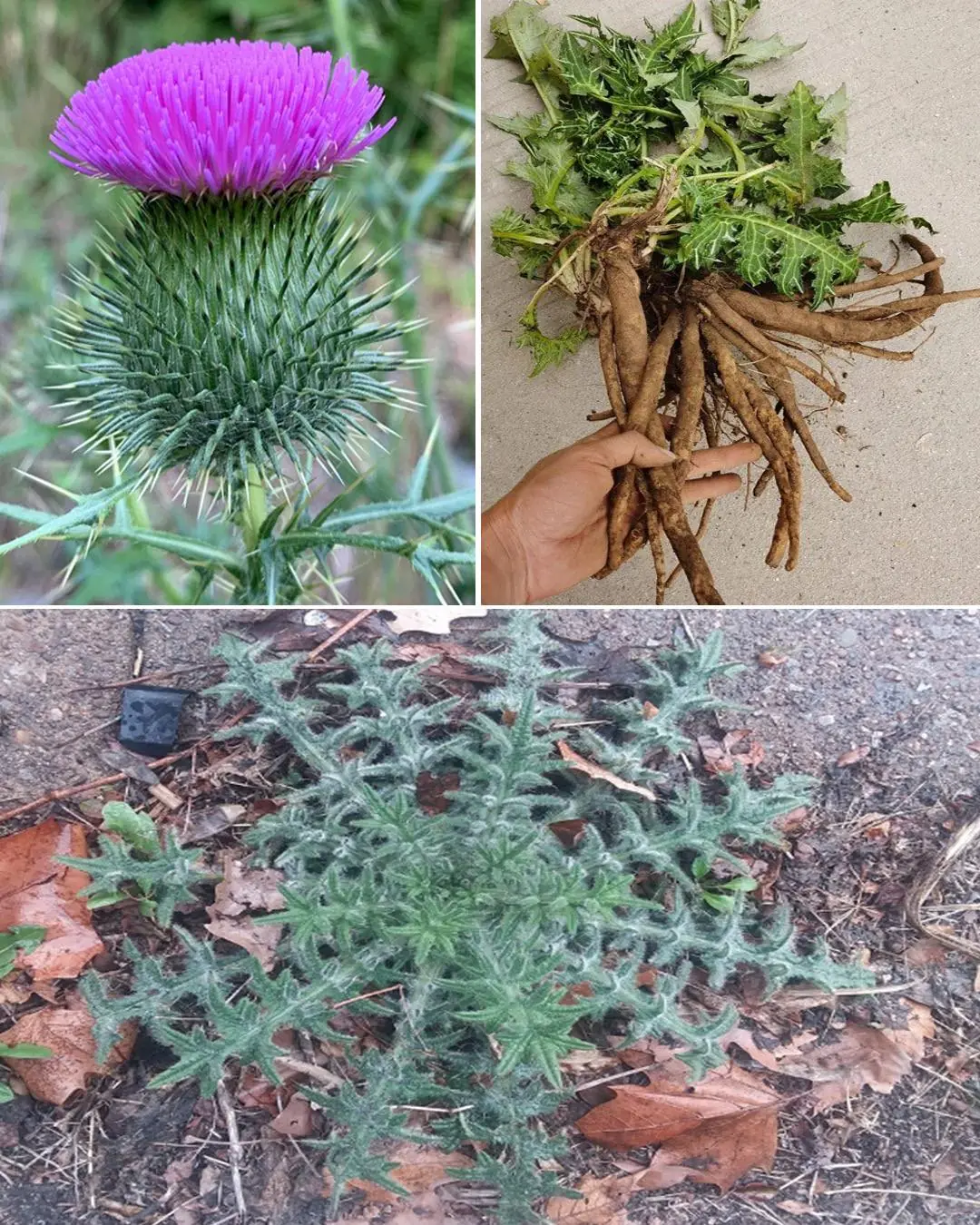
Bull Thistle Root Benefits: Uses, Healing Properties, and How to Prepare It
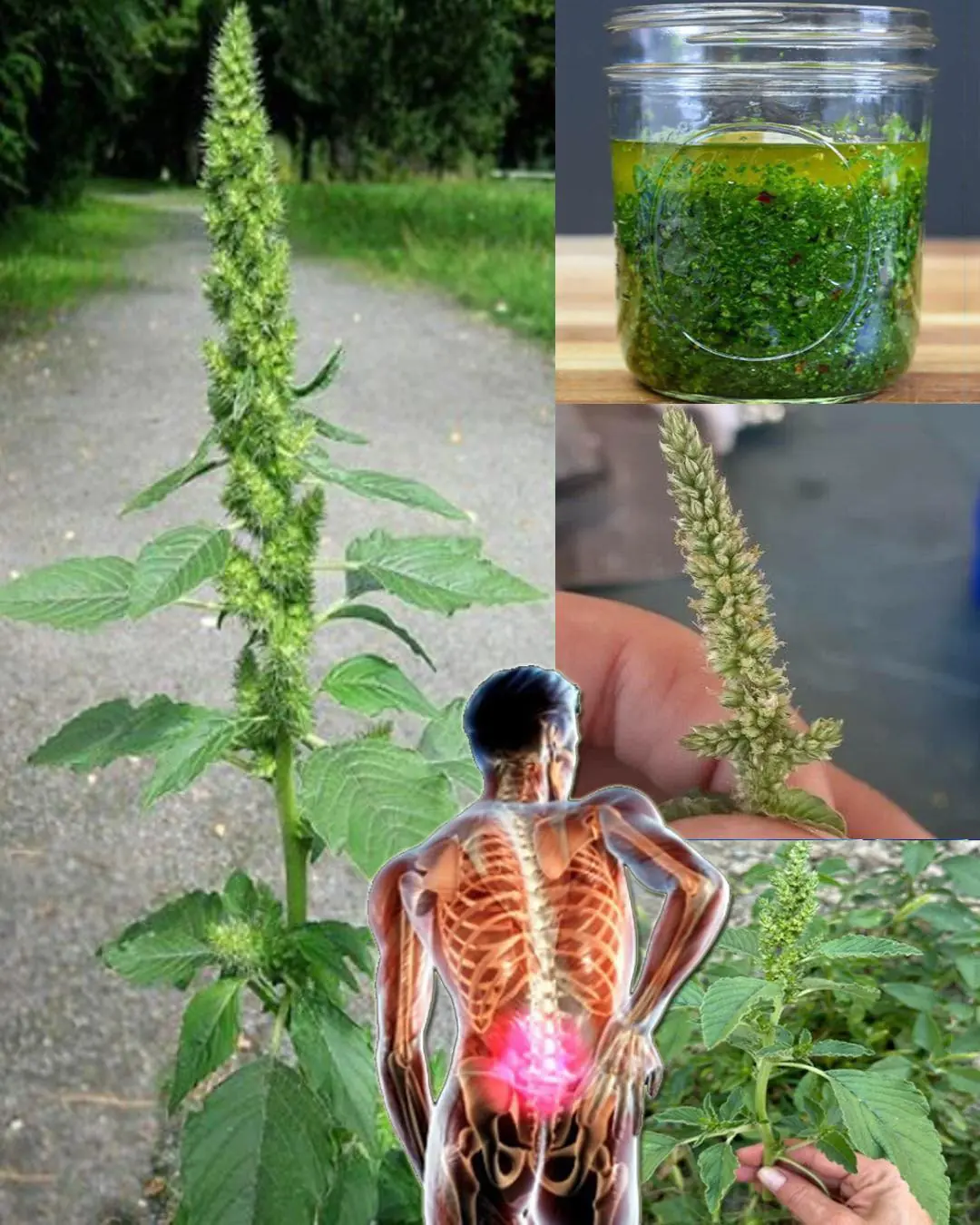
Health benefits of Pigweed
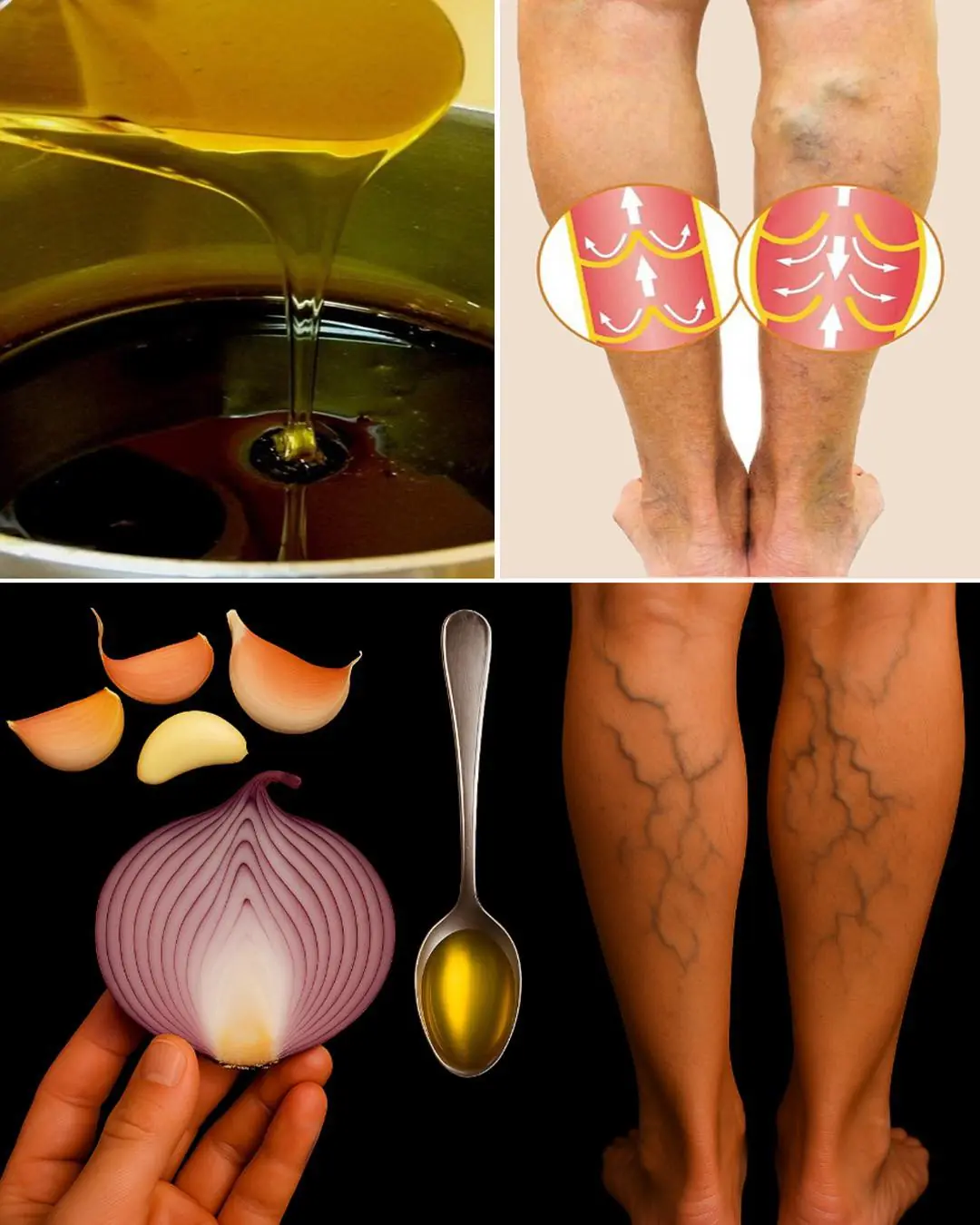
Onion, Garlic, and Olive Oil Remedy for Varicose Veins: Natural Treatment and Benefits
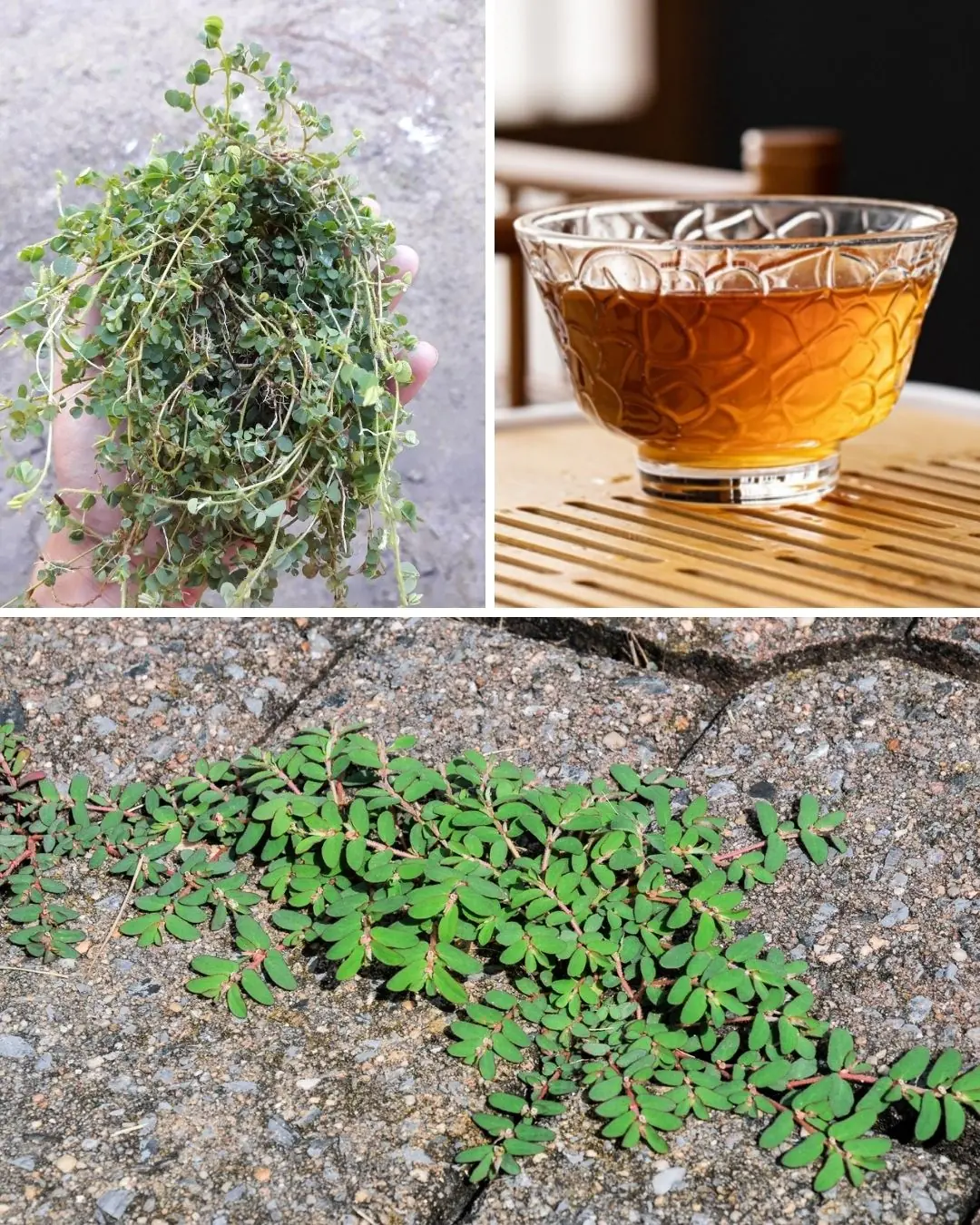
The Health Benefits of Euphorbia Thymifolia: A Powerful Yet Overlooked Herb 🌿✨
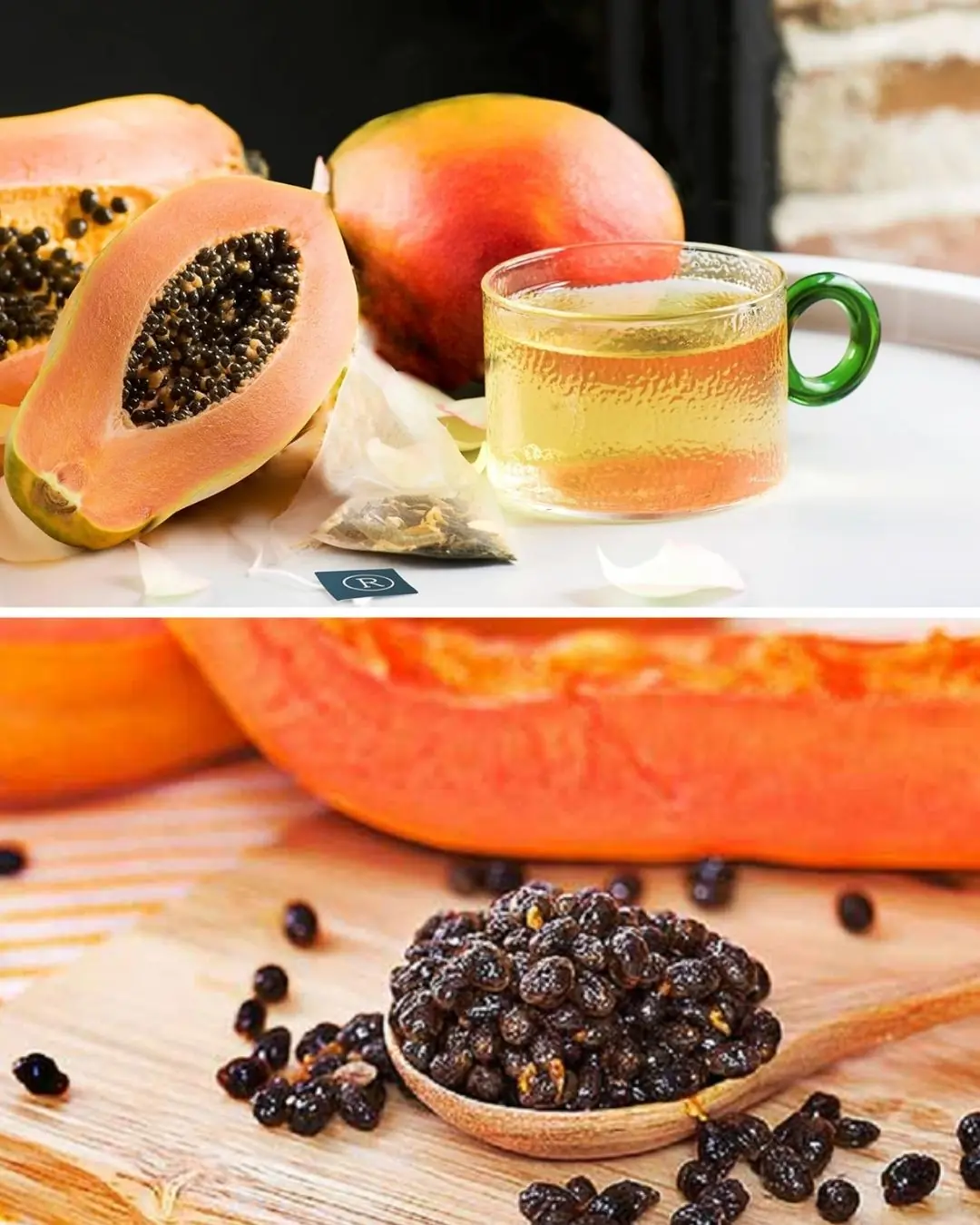
The Powerful Health Benefits of Papaya Seeds: Why You Should Include Them in Your Diet
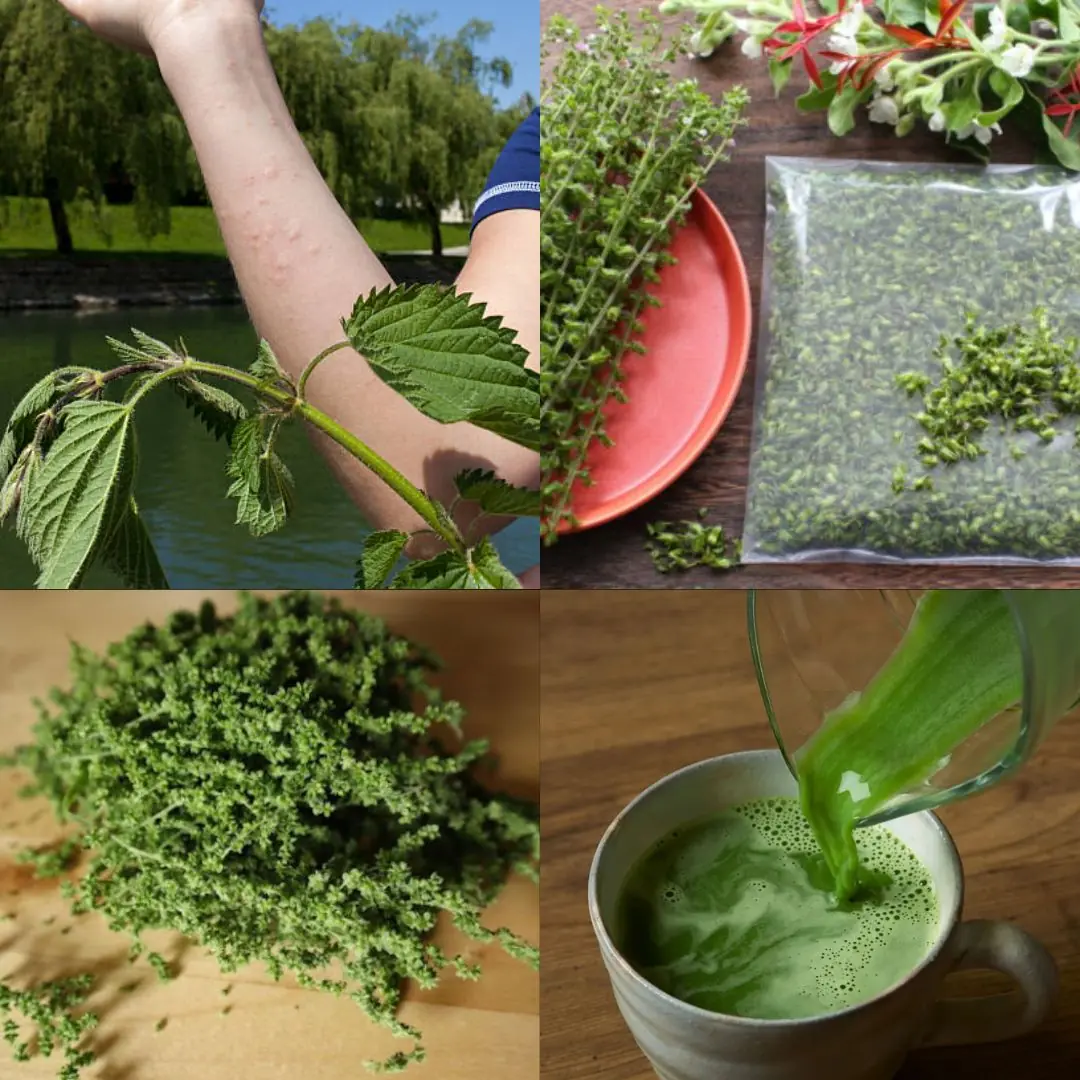
The Power of Urtica dioica: Natural Relief for Joint Pain, Arthritis, and Inflammation
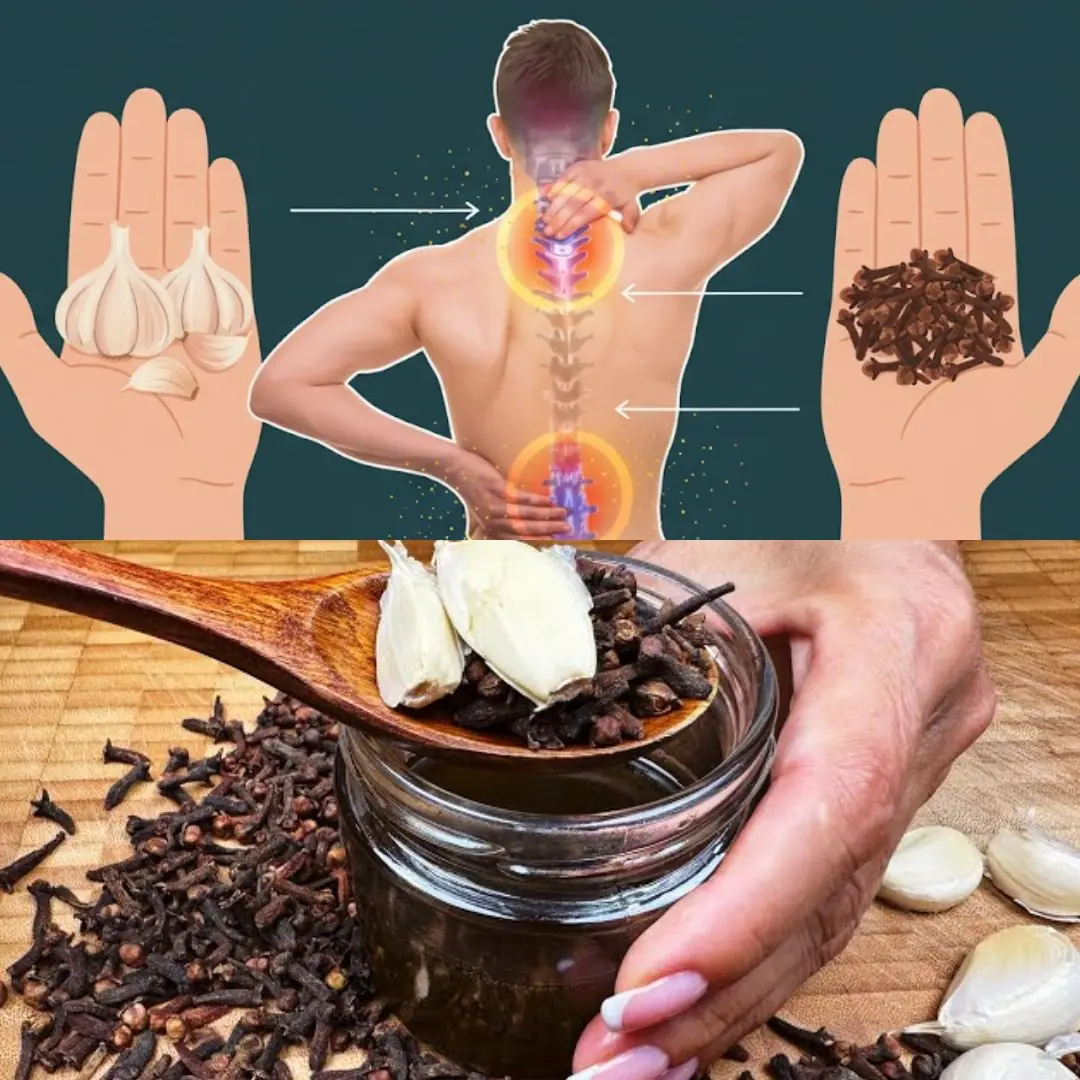
Garlic, Honey, and Cloves – a powerful natural remedy packed with health benefits
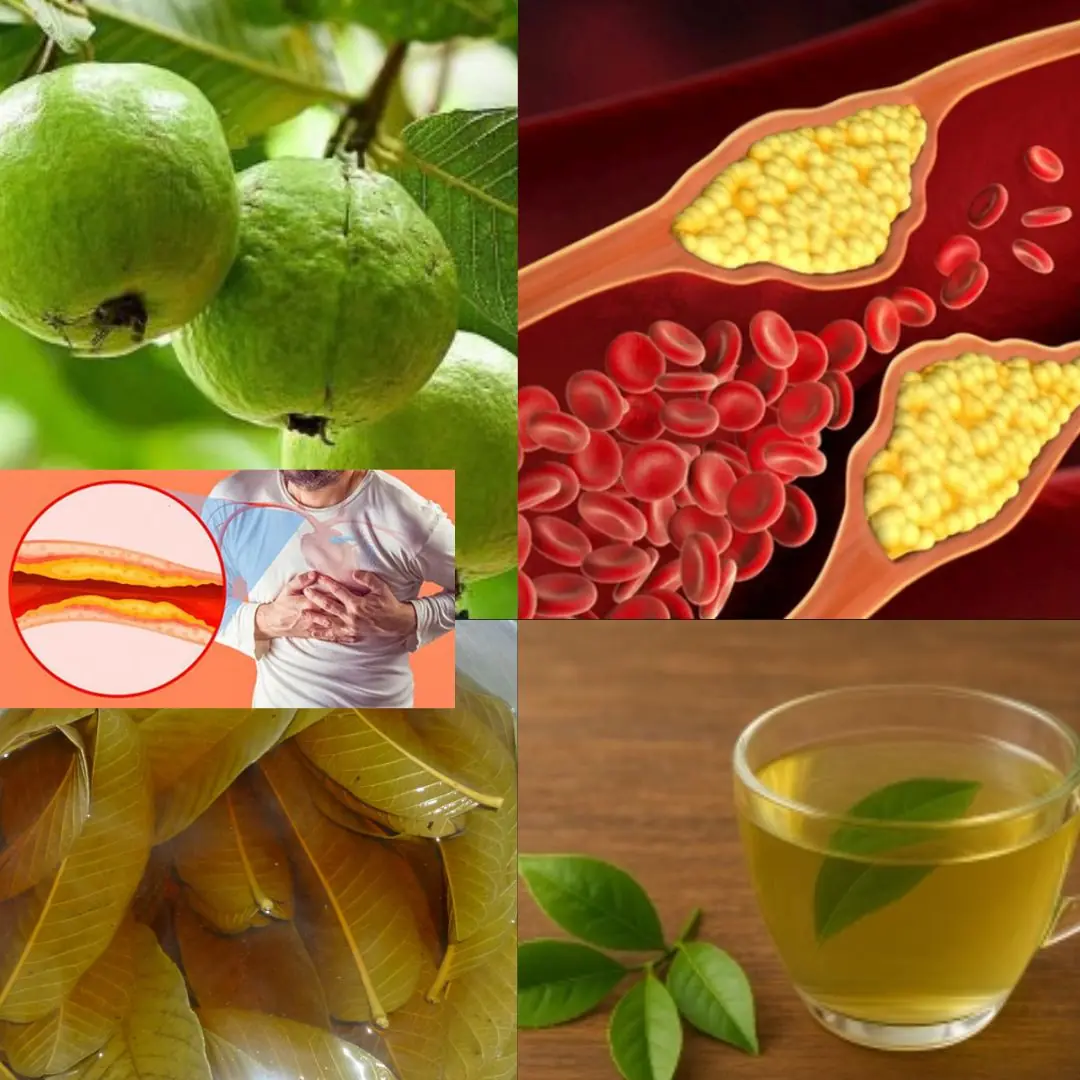
The Best Tea for Mornings and After Dinner: A Powerful Blend for Health
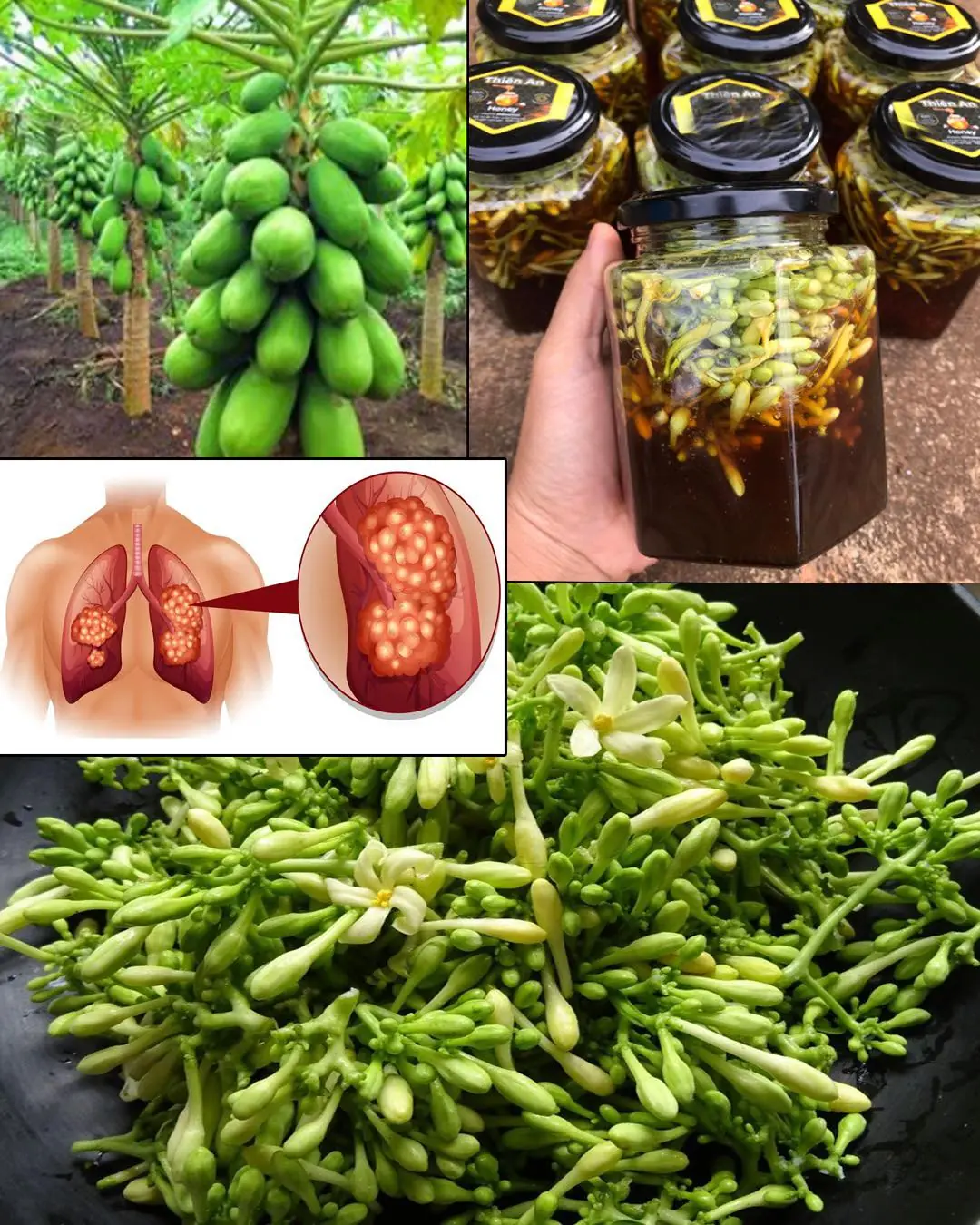
Benefits and Uses of Papaya Flowers Soaked in Honey
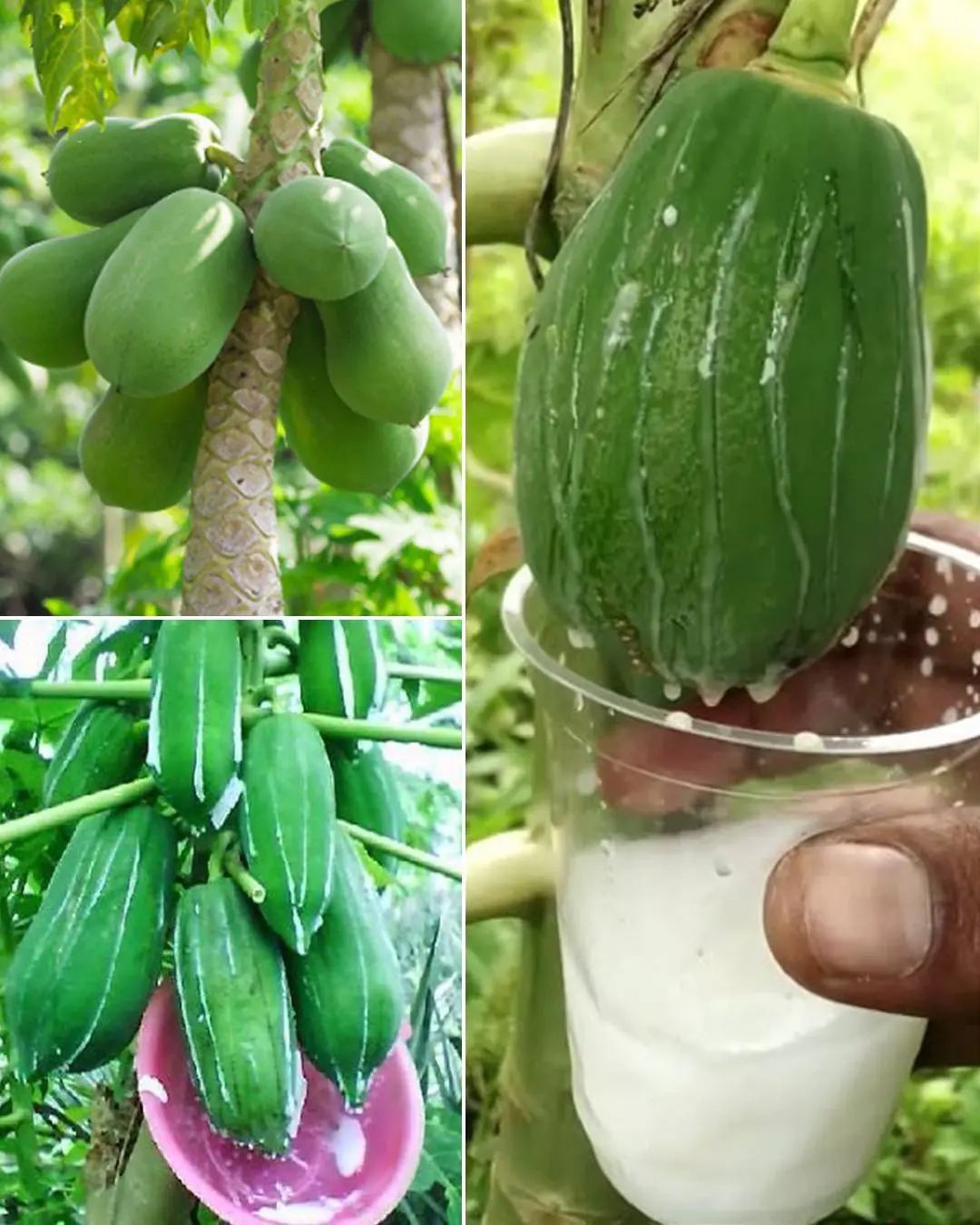
Papaya releases a milky sap, but most people don’t realize how important it is
News Post

Truth behind K Pop star's bizarre $4.5 quadrillion 'lawsuit' making her richer than Elon Musk

Calls for chess Grandmaster to be permanently banned after he 'harassed' 29-year-old champion weeks before death

American Beautyberry (Callicarpa americana): Benefits and How to Use It

Holding Cloves in Your Mouth: A Natural Way to Relieve Toothache

Everybody Hates Stinging Nettle, But Most People Don’t Know the Power of Its Root
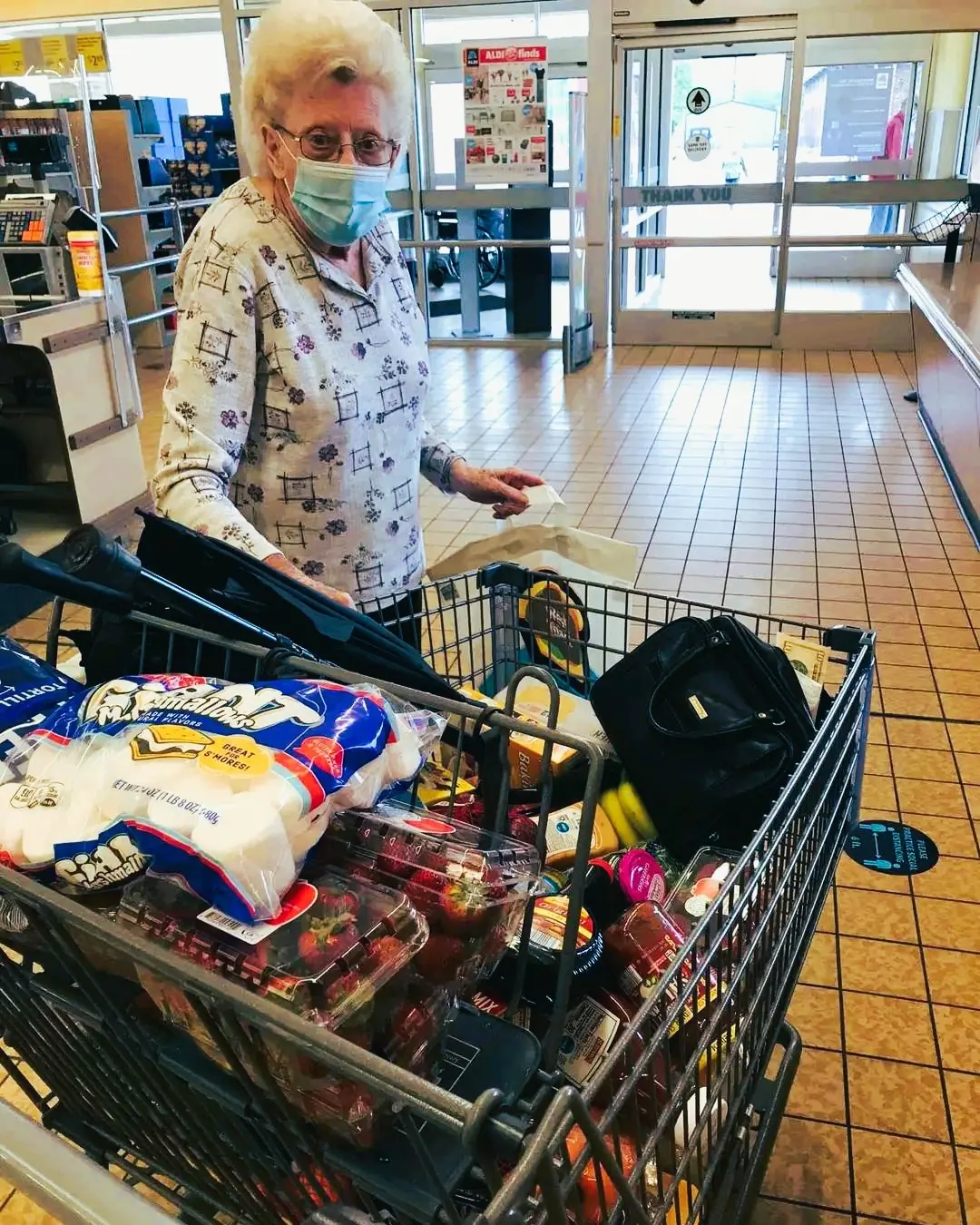
A Grocery Store Encounter That Turned Into Something More

A Waitress Said “No” — And Changed a Mother’s Night Completely
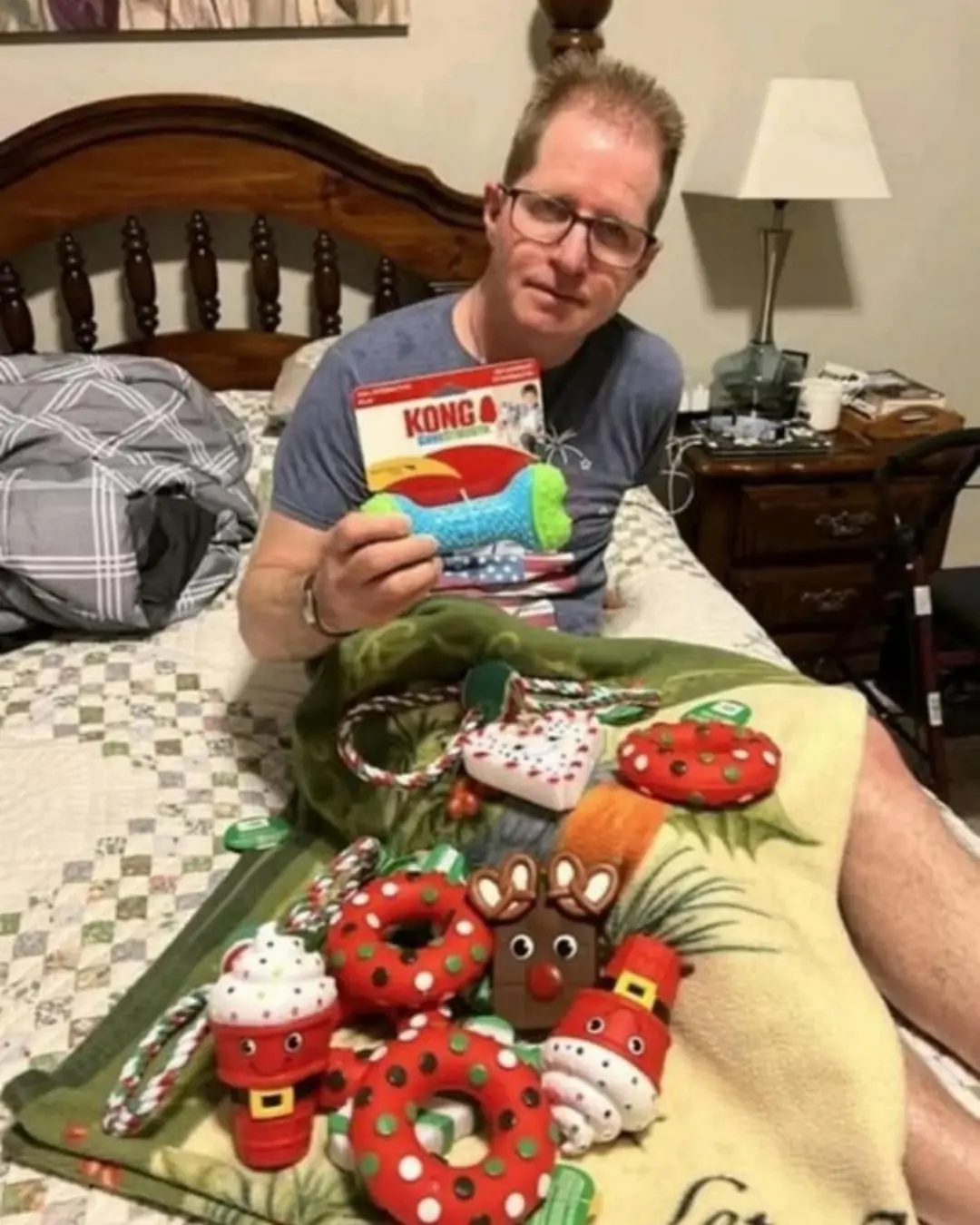
The Secret Santa Who Gives All Year Long — And the Ripple of Kindness He Started

Will’s Best Sunday Ever: A Brave Teen’s Return Home

A Single Gesture That United a Crowd in Emotion

Agatka’s Fight: A Little Girl’s Battle With Severe Aplastic Anemia

Laika’s Last Journey: The Little Dog Who Touched the Stars

The Long Road Home: Max’s Journey Back to Love.

A Small Act of Kindness in Athens.

From the Cold Rain to a Warm Home.

Wild Elephant Chases Tourists in Bandipur Forest: One Injured in Close Call

A Ride Home, A Lesson in Humanity.

What a Hero: The Unyielding Spirit of Josephine Margaret Pescatore.

Jake’s Roses of Love and Respect.
